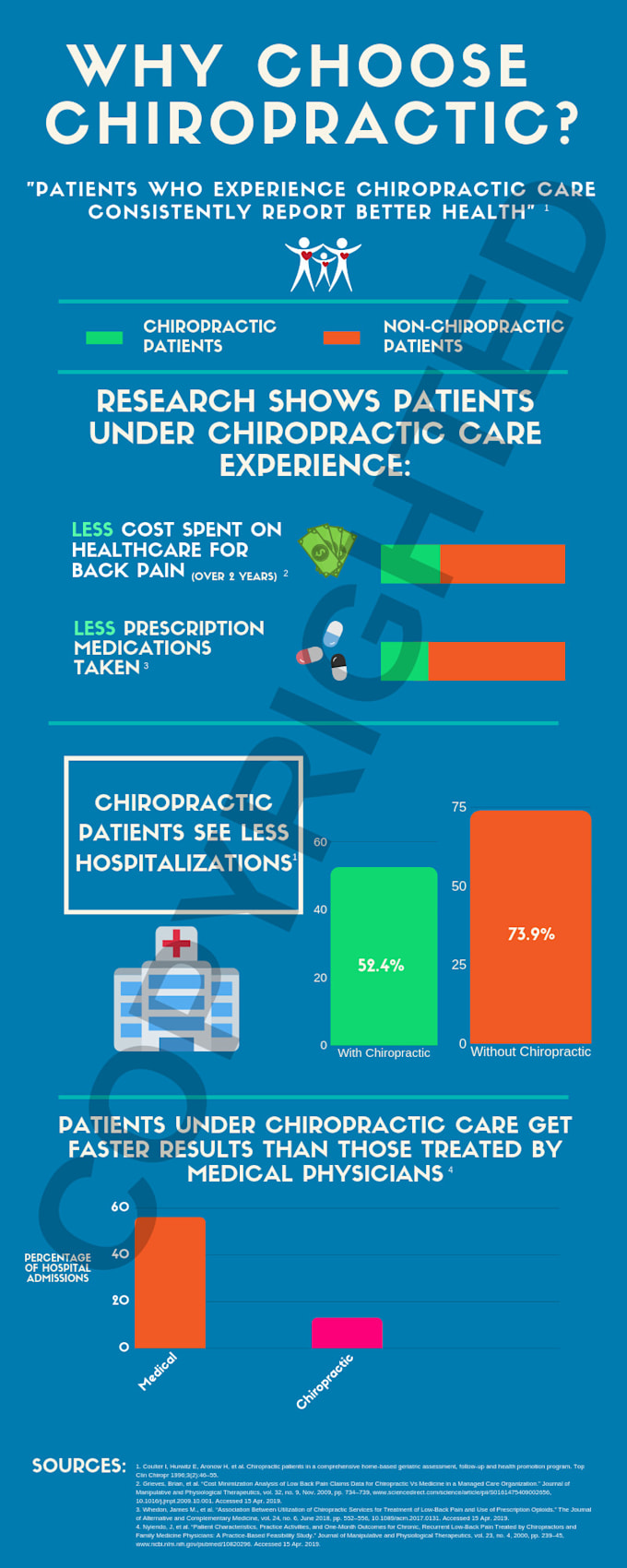Dental Braces On Your Own For An Exploration Into The Captivating Cellular Communications Of Cold Laser Therapy And Its Usage Of Light As A Recovery System. Take A Much Deeper Study The Scientific Elements!
Dental Braces On Your Own For An Exploration Into The Captivating Cellular Communications Of Cold Laser Therapy And Its Usage Of Light As A Recovery System. Take A Much Deeper Study The Scientific Elements!
Blog Article
Created By-Harbo Hutchison
You may have become aware of cold laser therapy as a promising treatment alternative for numerous conditions, but have you ever questioned how it in fact deals with a mobile degree? Comprehending the systems behind this therapy can clarify its effectiveness in promoting recovery and decreasing swelling. By exploring cold laser near me behind cold laser therapy, you'll obtain understandings into the interesting methods which light can influence mobile processes and assist in cells repair service.
How Cold Laser Treatment Works
To comprehend just how cold laser treatment works, you need to grasp the basic principles of how light power connects with organic cells. Cold laser treatment, also referred to as low-level laser treatment (LLLT), makes use of certain wavelengths of light to permeate the skin and target hidden tissues. Unlike the intense lasers utilized in procedures, cold lasers send out reduced degrees of light that don't produce warm or create damages to the tissues.
When these mild light waves reach the cells, they're soaked up by elements called chromophores, such as cytochrome c oxidase in mitochondria. This absorption activates a series of biological responses, including boosted mobile energy manufacturing and the launch of nitric oxide, which enhances blood circulation and minimizes swelling.
In Read Home Page , the light energy can also promote the production of adenosine triphosphate (ATP), the power currency of cells, assisting in cellular repair work and regeneration procedures.
Fundamentally, cold laser therapy utilizes the power of light energy to promote recovery and relieve discomfort in a non-invasive and mild manner.
Mechanisms of Activity
Exactly how does cold laser treatment in fact function to create its therapeutic results on biological cells?
Cold laser treatment, additionally known as low-level laser therapy (LLLT), runs with a procedure referred to as photobiomodulation. When the cold laser is put on the skin, the light energy passes through the tissues and is absorbed by chromophores within the cells.
These chromophores, such as cytochrome c oxidase in the mitochondria, are after that boosted by the light power, resulting in a cascade of biological reactions. https://bestchiropracticclinic53951.webdesign96.com/30763092/eager-to-find-the-efficiency-and-safety-of-chilly-laser-treatment-devices-transitioning-to-home-use of action is the enhancement of mobile metabolic rate.
The absorbed light power enhances ATP production in the mitochondria, which is crucial for mobile function and repair. In addition, cold laser therapy aids to reduce inflammation by inhibiting inflammatory arbitrators and promoting the release of anti-inflammatory cytokines.
This anti-inflammatory result contributes to pain relief and tissue recovery.
Therapeutic Impacts
Recognizing the restorative impacts of cold laser treatment entails recognizing just how the improved mobile metabolic process and anti-inflammatory properties add to its positive results on organic cells.
When the cold laser is applied to the afflicted area, it promotes the mitochondria within the cells, causing raised production of adenosine triphosphate (ATP), which is vital for mobile feature and fixing. This increase in mobile power increases the healing process by promoting cells regeneration and decreasing swelling.
Furthermore, the anti-inflammatory homes of cold laser therapy aid to lower discomfort and swelling in the targeted location. By inhibiting inflammatory conciliators and advertising the release of anti-inflammatory cytokines, cold laser treatment help in minimizing pain and boosting the general recovery response.
This reduction in inflammation not only offers immediate alleviation yet also sustains long-lasting cells repair service.
Verdict
To conclude, cold laser therapy functions by boosting cellular repair service and cells regrowth via photobiomodulation. Its anti-inflammatory properties provide pain alleviation and minimize swelling by inhibiting inflammatory moderators.
This treatment offers a detailed method to healing, providing both prompt alleviation and long-lasting tissue fixing advantages.
Through its systems of activity, cold laser therapy confirms to be an effective and encouraging therapy choice for a selection of conditions.
